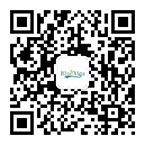Durvillaea-Algae with Mysterious Power
Seaweeds are primary producers in the ocean, the largest biomass and renewable marine biological resources, through photosynthesis, carbon fixation and oxygen production to produce organic matter, supporting a huge chain of marine organisms, maintaining the balance of the marine ecosystem and even the global biosphere.
The ocean area accounts for 71% of the total area of the world, the ocean contains a wealth of biological resources and pharmaceutical resources, including seaweed resources are of great help to us, so far, seaweed in the food, drugs, feed, cosmetics, fertilizers, dressings and bio-energy, and other fields and within the scope of the huge economic value and development potential.
Seaweeds have the natural characteristics of adsorption and condensation of nutrients in seawater, coupled with the complex living environment, seaweeds contain a large number of active substances beneficial to the growth of plants, which is an excellent natural raw material for the manufacture of functional organic fertilizers; however, different kinds of seaweeds in different sea areas have different nutrient types and contents.
At present, the seaweed raw materials used in the global production of seaweed fertilizers are mainly bubble leaf algae, great kombu, kelp, sargassum, Murraya and seaweed, and so on. In addition to these commonly used seaweed raw materials, we have found that Bull Algae is a high-quality seaweed fertilizer raw material, which is rich in a variety of nutrients suitable for plant growth. We are the first company to develop seaweed fertilizer using T. dublin as raw material.
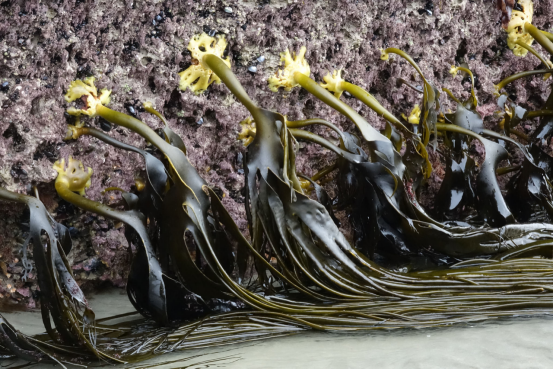
Durvillaea antarctica (scientific name: Durvillaea antarctica), commonly known as the clumps of stalked algae, sea mushrooms, telephone wire, for the Murraya order of a large edible brown algae, distributed in Chile, New Zealand, southern and McGuire Island and other places offshore, mainly in the southern hemisphere cold temperate zone to the sea near the polar region, many years growing in the low-tide zone of the reefs, the dry body is cut into a spiral bubble after the cut water. Although this species of brown algae does not have air sacs, but can still drift honeycomb structure, this structure also helps to avoid its damage by the stronger waves.
Due to the very strict conditions of its growth and the short period of artificial harvesting and operational difficulties, only in Antarctica can a small amount of non-polluted waters with an average annual sea temperature of less than 4 degrees Celsius be grown, which is the essence of purely natural and high-quality polar algae, and one of the most precious and rare members of the deep-sea plants.
Durvillaea is rich in nutritional value and is often developed into food and known as sea velvet. Examples include sea mushrooms, sea mushroom tails, sea mushroom cores, and sea mushroom tendons. Sea velvet has a rich, fresh and crispy texture. In addition to containing all nutrients higher than those of land plants such as protein, vitamins, fiber, calcium, iodine, sodium, iron, potassium, phosphorus, zinc and selenium trace elements, it also has more than 20 kinds of nutrients that are unique to the ocean: algal prionic acid phycobilisate, rockweed sterols, EPA (unsaturated fatty acid), SOD (superoxide dismutase) and so on, and also has a rich amount of collagen. With age, the human collagen content will be elastic and thinning aging, at the same time can lead to the dermis of the fiber fracture, fat atrophy, sweat glands and sebaceous glands to reduce secretion, so that the skin appears pigmentation, wrinkles, and a series of aging phenomena, showing the old state. Antarctic marine velvet is rich in seaweed collagen, which is not only easier to be absorbed by the human body, but also does not carry the risk of foot-and-mouth disease and infectious bacteria when supplementing animal collagen, which makes it an excellent food for all kinds of people, especially vegetarians, to consume collagen.
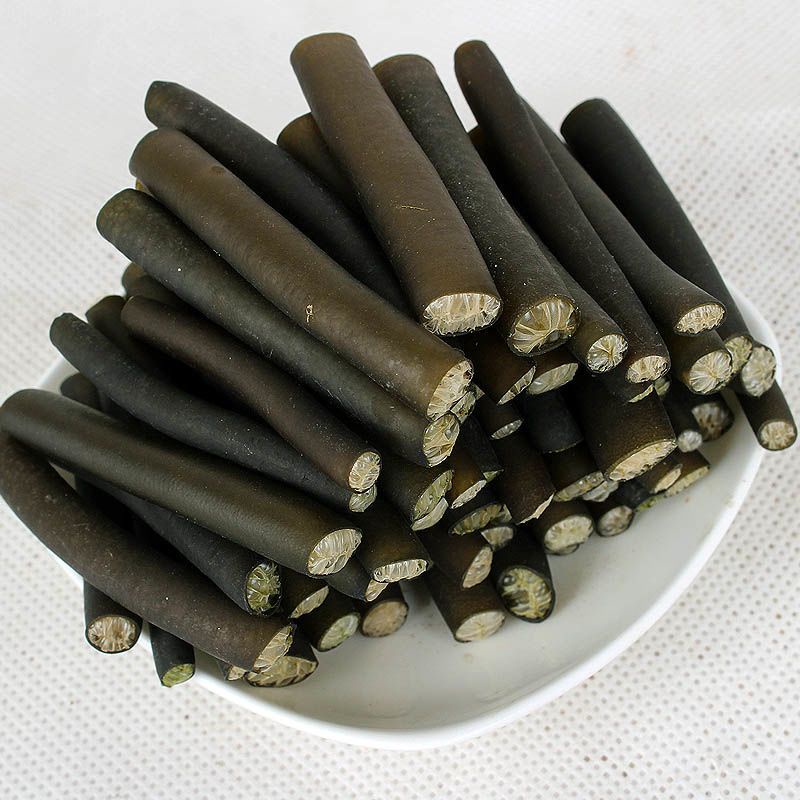
Antarctic sea velvet in the biological classification of the lower marine cryptogamous plants - seaweed, due to seaweed rich in a variety of life-activating substances such as polysaccharides, highly unsaturated fatty acids, taurine, carotenoids, sterols and kelp ammonia, etc., whether as daily food, or to extract the active substances as a medicine, the sea velvet to human beings have great Benefits.
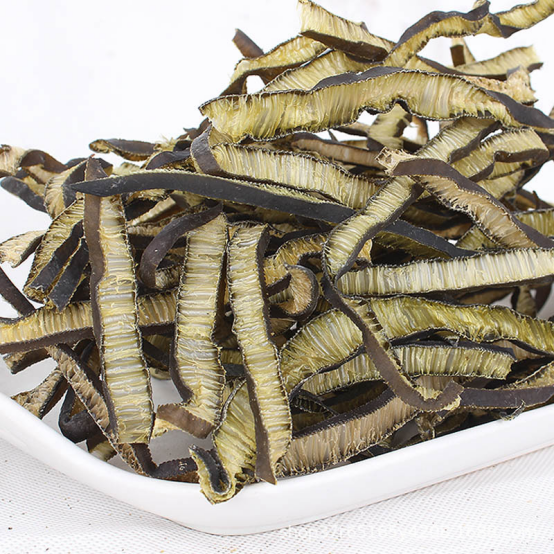
Antarctic Sea Velvet can be used as a diet food for obese patients, because it contains low fat and a lot of fiber, after eating a small amount of satiety; Antarctic Sea Velvet contains fucoidan which can activate UCP1 protein, which can promote the decomposition of fat. It also stimulates the liver to produce DHA, which lowers cholesterol levels.
Antarctic Sea Velvet can enhance the intestinal detoxification function, which contains algal polyphenols that can prevent the production of enzymes in the intestines that weaken the detoxification effect, and promote the increase of bifidobacteria that have the function of intestinal regulation.
Antarctic Sea Velvet is rich in iron, more consumption of sea velvet is a good choice for women to replenish blood.
Antarctic Sea Velvet is alkaline food and rich in calcium, regular consumption can effectively regulate the pH of the blood.
Antarctic marine velvet has anti-radiation active substances, these anti-radiation substances have a novel structure and strong activity, can eliminate or reduce the damage of ultraviolet rays.
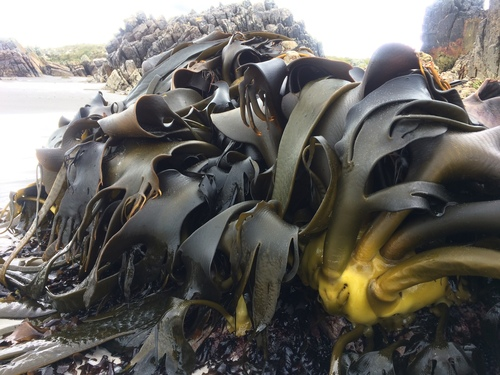
Durvillaea has been widely used in food, we are the first to use Durvillaea as a raw material to develop fertilizer products with numerous nutrients and the same outstanding effect on plants.
Green seaweed extract is made from the raw material of Durvillaea from Chile, which is first pre-treated by bleaching and re-greening, and then enzymatically extracted so as to obtain an extract with a green color appearance, which maximally preserves the natural bioactive substances in the algae that are beneficial to the growth and development of plants.
The main components of Green seaweed extract are natural bioactive substances and nutrients extracted from Durvillaea, including polysaccharides, phenolic poly compounds, mannitol, betaine, plant growth regulating substances (cytokinin, gibberellin, growth hormone, and abscisic acid, etc.), and trace elements such as nitrogen, phosphorus, potassium, iron, boron, molybdenum, and iodine.
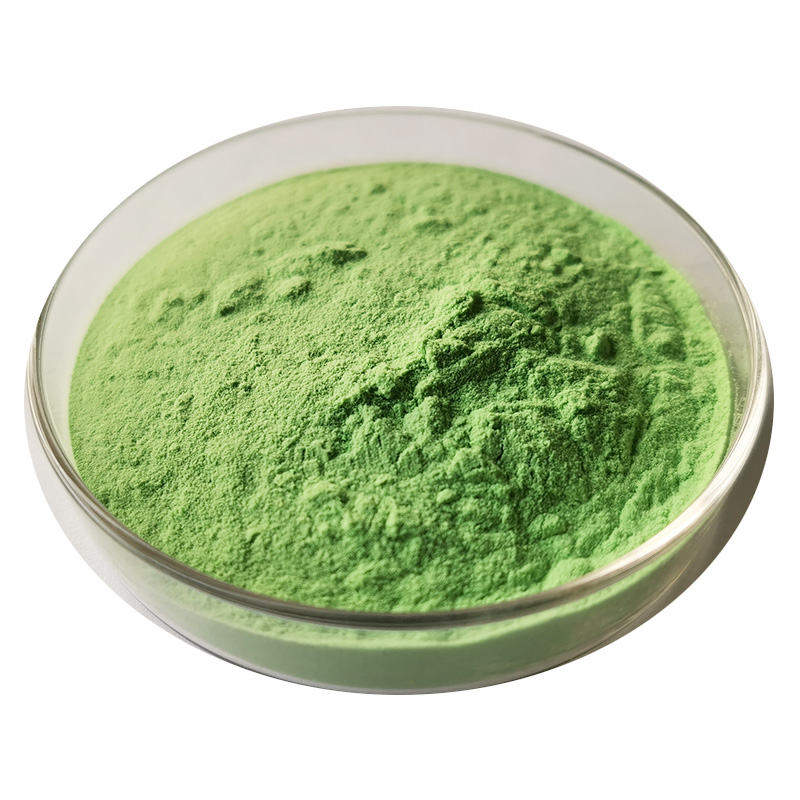
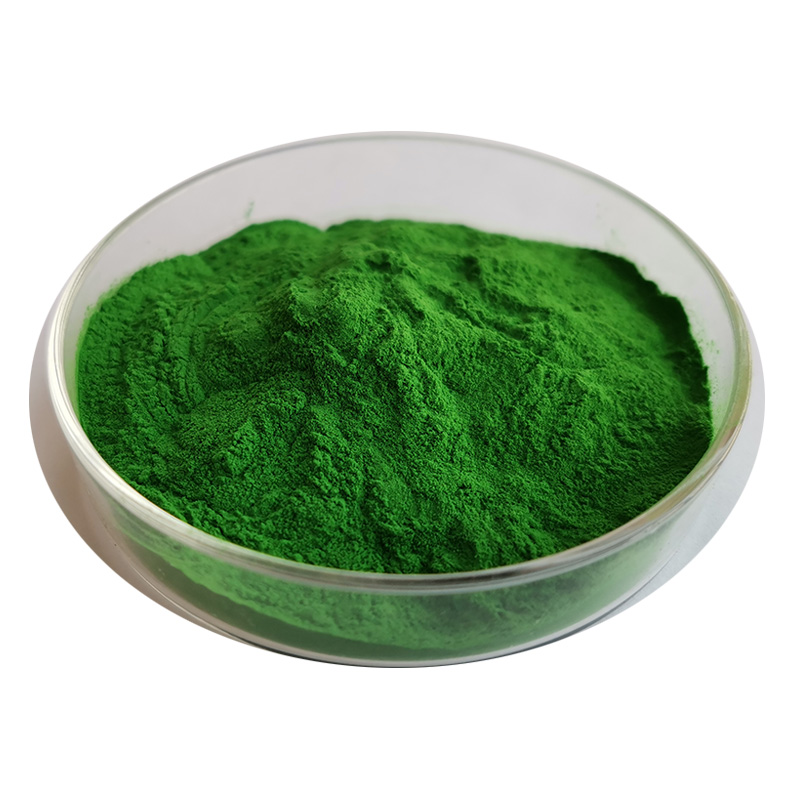
Main features of the product:
Fully water-soluble green foliar fertilizer, does not dye the fruit or stain;
Imported Durvillaea as raw material, rich in natural biostimulants;
Adopting high-pressure enzymatic process, no artificial hormone added, completely retaining all the active substances required for plant growth;
High content of natural growth factors, small molecular weight, directly absorbed and completely utilized;
OMRI and REACH double certification.
[Product efficacy]
Non-staining fruit surface: fully water-soluble foliar fertilizer, spraying without staining the fruit;
Fruit expansion and sweetening: promote fruit expansion, coloring, early maturity, sweetening, increase production and income;
Leaf-strengthening and yield increase: improve photosynthesis, promote the production of carbohydrates, and improve the rate of sitting flowers and fruits;
Rooting and antiretroviral: promote root growth, improve crop resistance and immunity;
Improve the antioxidant, induced and cold-resistant performance of crops, which can delay the aging of crops and prolong the harvesting period. Widely used in flowers, vegetables, fruits and melons, grain, cotton, oil and other cash crops and various field crops.



 Mobile: 86-13012553585 15610518510
Mobile: 86-13012553585 15610518510 Phone (Fax):86-53283197178
Phone (Fax):86-53283197178 E-mail: admin@bluealga.com
E-mail: admin@bluealga.com Add:No.918 Lingang 8 Road Huangdao District,Qingdao China 266400
Add:No.918 Lingang 8 Road Huangdao District,Qingdao China 266400
